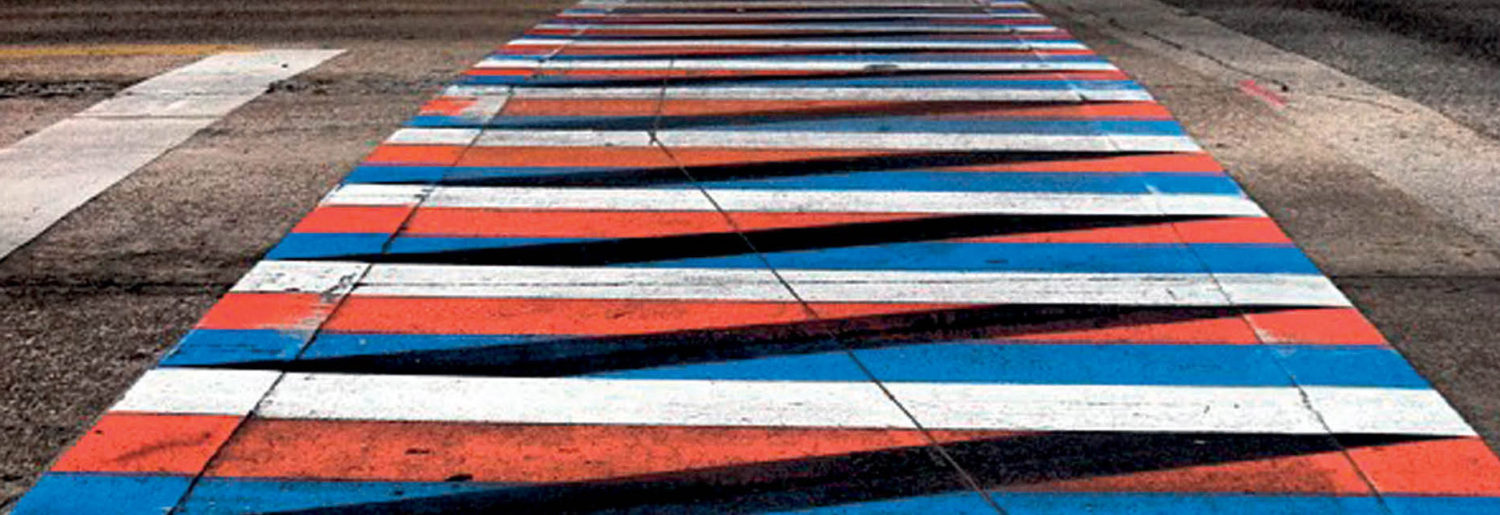Outro

Race on Display in 20th- and 21st-Century France’s Outro returns to the book’s central thread of the gaze by laying out the three principal ways of ‘looking back’ that unite the book’s chapters: ‘looking back’ on French colonial history; artists’ and authors’ moves to ‘look back’ at their audience; and finally ‘looking back’ not just at but with the audience at the larger ways of looking that have produced notions of racial and ethnic alterity (and normalcy) with respect to national identity in France. This final type of looking back—the call issued by the authors and artists—challenges the spectator to recognize that their previously unexamined gaze is but one of many possible gazes. Examining two recent events in France—the 2011 Jardin de l’Outre-Mer and the 2013 reopening and associated rebranding campaign of the former Cité nationale de l’histoire de l’immigration as the Musée de l’immigration—the conclusion considers what place racial and ethnic minorities occupy in the contemporary French national imaginary, and its relationship to whiteness. Finally, the conclusion revisits the trajectory of racial and ethnic minority cultural production in France to anticipate what types of works might continue to emerge in the future.
The Jardin en Outre-Mer
In the book’s Outro, I discuss a controversy that erupted in 2011, when the minister of France’s Overseas Territories, Marie-Luce Penchard, proposed to hold an event celebrating overseas culture (the Jardin en Outre-Mer) in the very same spot where eighty years prior people from those same territories had been exhibited as savages. Despite widespread criticism […]
The Musée de l’Immigration
In the book’s Outro, I also discuss the renaming of and associated rebranding campaign for France’s former Cité nationale de l’histoire de l’immigration (now the Musée de l’Immigration) in 2013. Read the Museum’s own discussion of its rebranding campaign, an interview with Mercedes Erra, then president of the Museum’s board of directors, the impetus behind […]


